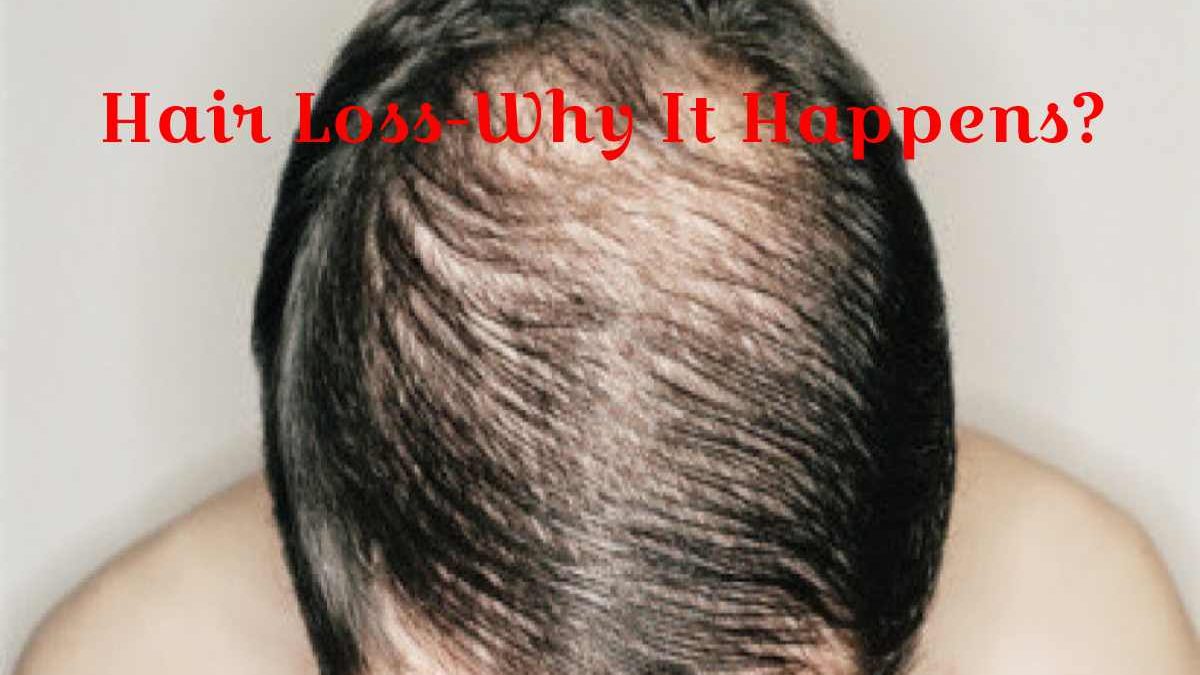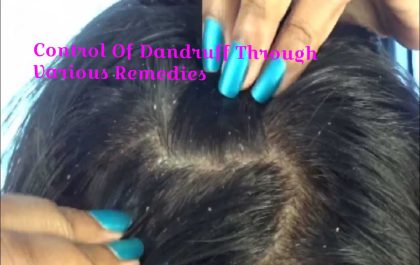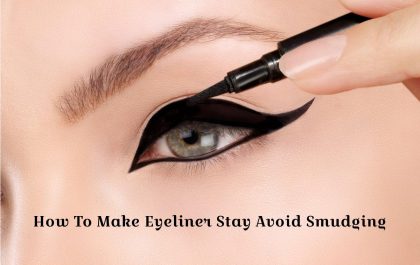Table of Contents
ToggleIntroduction
Soft hair thinning to complete baldness are all possible levels of Hair Loss. There are several reasons why hair might fall out. Medically, there are various classifications for Hair Loss, including:
Two to three months following significant bodily stress, such as a protracted sickness, painful surgery, acute infection, telogen effluvium, a frequent hair loss, may occur. Additionally, it may occur following an abrupt decrease in hormone levels, particularly in postpartum women. since reasonable amounts of Hair fall out from all areas of the scalp. It is uncommon to observe significant bald spots, while some areas of the scalp may appear to have weaker hair.
Hair Loss is a potential adverse effect of certain drugs. Many cancer chemotherapy drugs, including doxorubicin (Adriamycin), usually result in abrupt hair fall that affects the entire head.
Medical Condition’s Indication
Hair Loss can be a sign of some diseases, including lupus, syphilis, thyroid disorders (such as hypothyroidism or hyperthyroidism), a sex-hormone imbalance, and significant nutritional issues, including a lack of protein, iron, zinc, or biotin. The two groups most likely to suffer from these deficits are those on tight diets and those with highly high menstrual flow.
Tinea Capitis (Fungal Contamination of The Scalp)
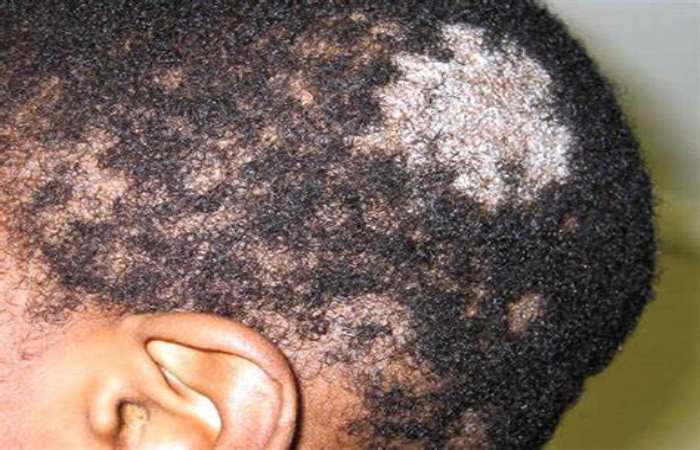
This patchy Hair Loss results from scalp infection by certain fungi. This results in the scalp flaking or becoming scaly, and the hair falls out at the scalp’s surface. Children frequently have patchy hair fall due to tinea capitis.
Alopecia Totalis
Hair Loss occurs in one or more tiny patches due to the autoimmune disorder alopecia areata. Although it is more frequent in those with other autoimmune disorders, the aetiology of this ailment remains unclear. Alopecia totalis is the medical term for when the same process completely removes all hair from the scalp.
Stress Alopecia
This is Hair Loss brought on by hair styling procedures that pull, heat-twist, or chemically harm the hair. Examples include tight braiding, cornrowing, and using a curling iron or hot rollers (bleaching, hair colouring, permanent waves). Additionally, some people develop trichotillomania, a rare psychiatric illness in which excessive hair pulling and twisting can result in bald areas.
Androgenetic Alopecia
Hereditary pattern baldness is when a man has thinning hair on top of his head or a receding front hairline. It is the most typical Hair Loss in men, and it can start at any age, even in adolescence. Usually, the encounter is what causes it. It Contains essential factors: ageing, male hormones, and an inherent propensity for baldness. Many women will experience female-pattern baldness to some extent. The whole top or crown of the scalp thins in women, sparing the front of the scalp.
Evaluation of Hair Loss
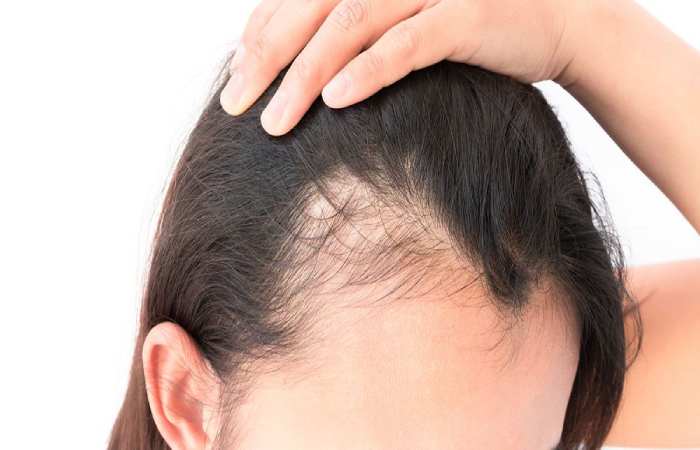
Your doctor will determine the reason for your Hair Loss based on your health history, the drugs you take, your nutritional state, your hair care routine, and a physical examination. Your doctor could take a sample of your hair for testing in the lab if they think you have a fungal infection of the scalp. If your doctor detects a medical condition (like lupus), a thyroid issue, an iron deficiency, or a sex-hormone imbalance, blood testing will likely be required.
Medicine for Hair Loss
Usually, the only course of action for Hair Loss brought on by telogen effluvium or pharmacological side effects is to stop using the offending medicine. Hair fall may be reduced or eliminated by limiting damage or chemical exposure (such as using a blow dryer, hair straightener, dyeing, or perm). When a healthy diet and the underlying medical condition are adopted and treated, it caused by malnutrition or sickness typically ceases. It takes 6 to 12 weeks of oral medicine, like terbinafine (Lamisil) or itraconazole, to treat a fungal scalp infection. A corticosteroid injected into the body or administered topically can cure alopecia areata. Anthralin cream (Drithocreme, DrithoScalp, Psoriatic), minoxidil (Loniten, Rogain), or a combination of these medicines are other options for treating this problem.
Avoidance
By reducing stress, maintaining a balanced diet, adopting reasonable hair care methods, and, if it’s feasible, switching to drugs that don’t cause Hair Loss, several types of hair fall can be avoided. Maintaining clean hair and never using another person’s cap, comb, or brush will stop fungal infections from causing hair loss. In some instances, medicine can prevent hair fall caused by genetic baldness.
Conclusion
Numerous hereditary-pattern baldness sufferers, both men and women, choose not to have treatment for Hair Loss. Topical minoxidil is typically the first line of treatment for individuals who do seek medical attention (Rogaine). Men may also be preserved with oral finasteride (Propecia, Proscar) or dutasteride (Avodart) or undergo scalp-reduction surgery or hair transplantation. While finasteride may be suggested for postmenopausal women, oestrogen or spironolactone may be used to treat premenopausal women.
Related posts
Compound Back Exercises: What Are They?
Introduction Multiple muscles are working simultaneously by compound workouts. Squats, pull-ups, and reverse lunges are typical Compound Back Exercises. While…
Is The Bretman Rock ab Workout Effective?
Introduction Bretman Rock, a social media influencer and former Vine sensation, shared his Not Workout with the world at the…
Which one Exactly is Daisy Keech’s ab routine?
Introduction Now is a detailed description of Daisy Keech’s ab routine. Every exercise is achieving back-to-back for 10 minutes without…
Vasa Fitness Joliet Provides a Fitness Regime
Introduction After debuting in Villa Park last month, it has a second site in Illinois at North Larkin Avenue. With…
Using the Best Heat Shield Sprays Before Styling
Introduction As hair ages, it gets drier and more delicate, making it more vulnerable to heat damage. You don’t have…
Suggestions for Red Curly Hair Routine Care!
Introduction Did you know that while a significantly bigger number of people carry the genetic factor and can pass it…
Control Of Dandruff Through Various Remedies
Introduction Small bits of dry skin chips have built up on the scalp as Dandruff, a common disease. Using shampoo…
Is Coconut Oil for Hair Beneficial?
Introduction The profits of Coconut Oil for Hair and scalp may be numerous, and it may hydrate and seal hair…
The Best for Lengthening Lashes Is L’Oreal Telescopic Mascara.
Introduction Your lashes are enhanced with L’Oreal Telescopic Mascara extreme length and distinctive lash-by-lash separation. The unique flexible precision brush’s…
SUGAR Cosmetics Is a Well-Known Brand in India.
Introduction SUGAR Cosmetics is an Indian e-commerce firm that sells cosmetics and skincare items that are youth, best suited for…
How To Make Eyeliner Stay Avoid Smudging
Introduction You’re not alone if you notice that, over the day, your Eyeliner Stay begins to budge. Smudging, smearing, or…
A CVS Best Beauty Item Is What?
Cosmetics, fragrances, hair care, hair colour, facial care, and hand and body lotion are qualifying beauty purchases. It Excludes medicines,…
Subway Footlong Calories-Nutritional and Healthy Menu Options
Introduction One of the most well-known fast-food restaurants in the world, Subway has more than 40,000 outlets throughout the globe….
Hazelnut Creamer Enriches the Flavours.
Introduction Hazelnut is a type of nut with thin, light brown skin and is usually oval or spherical. Hazelnuts harvests…
What Is Gel Tab?
Introduction A Gel Tab is a drug that contains an opioid, like hydrocodone or oxycodone, and a non-steroidal anti-inflammatory drug…
What is Diet Root Beer?
Introduction India can produce incredibly distinctive root beer using spices and chillies. A wide variety of delectable tastes and smells…
Get Ready for BroadBand Light BBL Treatment
Introduction Intense pulsed light is harnessed by BroadBand Light technology to BBL Treatment outstanding photo rejuvenation treatment outcomes. A wide…
The Skin Story Moisturizer Uses
Introduction The Skin Story Moisturizer Cream provides a balanced moisturising and hydrating effect. With the help of our moisture-boosting cream,…
Neck Skincare: Routine you Need to Know.
Introduction Most of us learn how to practise excellent hygiene and take care of our Skin from an early age….
Amrutam Face Cleaning an Ayurvedic Product
Introduction Amrutam Face Cleaning guarantees complete skin cleaning. It is an Ayurvedic acne remedy that moisturises and feeds the skin…

